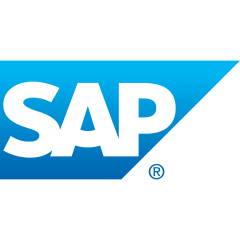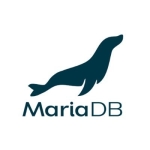SAP S/4HANA recently established communication with SAP HANA database. No other database can be used with SAP S/4HANA application.
SAP HANA can be used for real-time analysis and resolving queries. It has an in-memory database that uses RAM instead of hard drive disks, making it a very fast tool compared with any other relational database.
Actually, SAP HANA has a different application for each purpose. If you want a better UI experience, SAP has its own application. If a user wants to manage an application, SAP has another application. If a user wants to use the baseline command, SAP has its own tool for it where one can manage it. There is always room for improvement in every field, but right now, I can't think of any area.
The high price of the product is an area of concern where improvements are required.
I have experience with SAP HANA.
Stability-wise, I rate the solution a nine to ten out of ten.
I have barely faced any issues with the product in the last two or three years.
The product offers scalability options. The tool offers two to three scalability options. If you are stuck on the upgrade part and you want to expand the disk space at RAM or storage levels, you can easily upgrade your hardware or networks.
The product's initial setup phase was really easy. A user just has to choose the pre-configuration options, and the tool will prompt with every option to help what one should choose, after which the product can be installed within ten to twenty minutes.
The solution is deployed on the cloud and in the on-premises model. Depending on what a user wants, it offers an on-premises data center deployment option. People can also choose between the SAP Cloud and the public cloud options. In SAP Cloud, there are other products offered, and the cloud also helps manage the DBMS application.
Speaking about the value and benefits a company can experience from the use of the solution, I would say that if an organization plans to implement an ERP solution in their company, then it should be SAP S/4HANA as it will be very beneficial. SAP HANA provides a free database to users, but it has very limited functionality. If a company wants to get full advantage from SAP application, then they must go with SAP HANA.
The tool is expensive compared to other products, like Oracle R or Microsoft, but it offers a range of all the company's functions.
SAP HANA is a new innovation from SAP compared to the old databases, like RDBMS. SAP HANA serves as an in-memory database that works fast and solves queries in real-time.
In terms of the most valuable functionality in speeding up data processing tasks, the main features of SAP HANA revolve around the fact that it is really easy to manage since there is no need to work on the command line, as the solution has its own application that is used for it. Our company's work and manageability parts are very easy with SAP HANA. SAP has many applications that can help my company manage SAP HANA, which is a very easy process. With the product, it is easy to manage backup and restore.
In every project, my company uses SAP HANA for data management because we have to load all the data in the DB. At that time, I never faced any error while doing any configurations since there would never be any issues with the DB part. A specific person is needed to manage the DB part. Even in a small company, there will be one person to manage the DB since it is very easy to manage by SAP HANA.
When speaking about the tool's in-memory computing can impact data analysis capabilities, if one considers the old database or RDBMS, then I would say that they have capabilities related to rows. When we execute a query or when we analyze data, the query only works with the rows as it reads every line. SAP S/4HANA allows for the aggregation of columns, making the retrieval of data very specific. I think a range of 1-1000 can be considered for the analysis of data.
SAP HANA is specifically made for SAP applications and is called S/4HANA. SAP launched HANA database with applications for SAP-related operations. SAP has certain tunings to ensure that SAP applications work better. I just use the tool with SAP applications, and I will never use it with any other applications. From SAP's end, SAP HANA is a very good database.
From the admin side, I never got involved with any integrations related to the product, but I would recommend it.
If a company wants to manage its resources, like for different functions, if an organization wants an application that can be used for enterprise resource planning, SAP is the best solution in the world.
I rate the overall tool a nine out of ten.

















